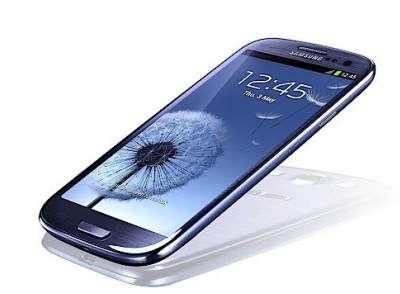It might not be until next year that owners of Samsung’s newest flagship smartphone get the latest and greatest version of Android.
The new version of Google’s mobile operating system, version 4.1 or Jelly Bean, was expected to launch for the Galaxy S III this holiday season, but Samsung announced through its official Facebook account that the device might not be updated in the US until 2013.

The phone has already been updated in some regions in Europe and Asia, but Samsung wants to ensure there are absolutely no issues before rolling it out to the US market.
The Jelly Bean upgrade could be considered a minor update for the Android platform, which is why it only brings the version number up to 4.1 instead of 5.0.
The most functional aspect of the update is that it looks different depending on the kind of device, so 7-inch tablets have a different presentation of Jelly Bean than 10-inch tablets or smartphones.
Among the updates are increased enhancements to the speed and performance of Android, new and sleeker widgets for the home screen, expandable notifications, and a more user-friendly app for viewing and deleting photos.
It also offers a new touchscreen keyboard for even more seamless text input, as well as new features for the ever-growing list of near field communication (NFC) devices, allowing users to tap phones together to enable things like photo sharing.
Samsung has been very specific that it does not see other Android phones as its competitor – it looks directly at the iPhone. It believes the Galaxy S line can be the definitive Android brand.
And that isn’t just blind arrogance. Samsung owns an astounding 30.6% of the mobile phone market as of last month. It toppled Nokia as the leader in the industry for the first time in 15 years.
And with more than 50% of American consumers now owning smartphones, and with Android as the most popular smartphone platform by far, owning that industry is a huge deal.
The Galaxy S III saw an almost unparalleled global launch on May 29, with 100 carrier partners already secured at dozens of countries throughout the planet.
That is exactly the reason that this phone has been such a success. The conventional strategy for cell phones has always been to secure a deal with one carrier in regions like the US, because when you do that, the carrier will give you favorable terms.






